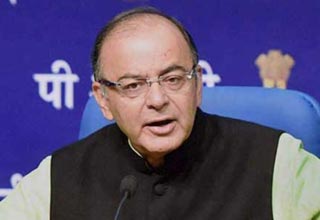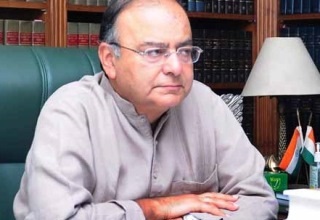World Bank forecasts 6.7 per cent growth for India by 2015
Updated: May 02, 2013 03:19:01pm

Economic growth is likely to accelerate to over 6 per cent during the current financial year, up from an estimated decade low growth of 5 per cent in the previous fiscal year, said World Bank’s latest India Development Update, a twice-yearly report on the Indian Economy and its prospects.
The update also forecasted the growth to increase further to 6.7 per cent in FY 2015.
“Despite the current downturn, long-term prospects remain bright for India. India possesses the fundamentals to grow at sustained high rates over the next several decades,” said World Bank’s chief economist for the South Asia region, Martin Rama.
“With the working-age population increasing by 7 million people each year, the country will need to improve its business climate to attract the private sector investment needed for these new entrants to find productive jobs, thereby reducing poverty and boosting shared prosperity,” he added.
In the past few months both the wholesale price index-based inflation and trade deficit have declined. Inflation fell below 6 per cent and is now within the Reserve Bank of India’s (RBI’s) comfort range, the world-bank release said.
With the stabilization of the rupee and the expectations of a good monsoon, inflation is expected to decline further in the coming months, the update says.
Fiscal deficit too is likely to decline as the government has renewed its commitment to fiscal consolidation. A stronger fiscal stance and further improvements in economic activity, according to the update, could provide room for additional rate cuts.
The current account deficit reached a record high in FY 13, but is expected to narrow in the medium term.
“The record widening of the current account deficit has been driven primarily by strong import flows — particularly fuel — and stagnant exports, both of which appear to be turning around,” Medvedev added.
Currently, India’s CAD is expected to come down to 2.5 per cent of GDP in the next two to three years.
The current update also specifically looks at India’s march toward universal health coverage and its fiscal implications. Currently, public spending on health is about 1 per cent of GDP, significantly below other countries with similar levels of income, while out-of-pocket payments represent about 70 per cent of health expenditures — one of the highest ratios in the world. India also lags in health impacts achieved from its spending. Large disparities in health outcomes are still evident across states and social groups.
The additional expenditure required to finance the costs of progressing toward universal health coverage could range from 0.4 per cent to 1 per cent of GDP by the end of the 12th Five-Year Plan. (KNN)










